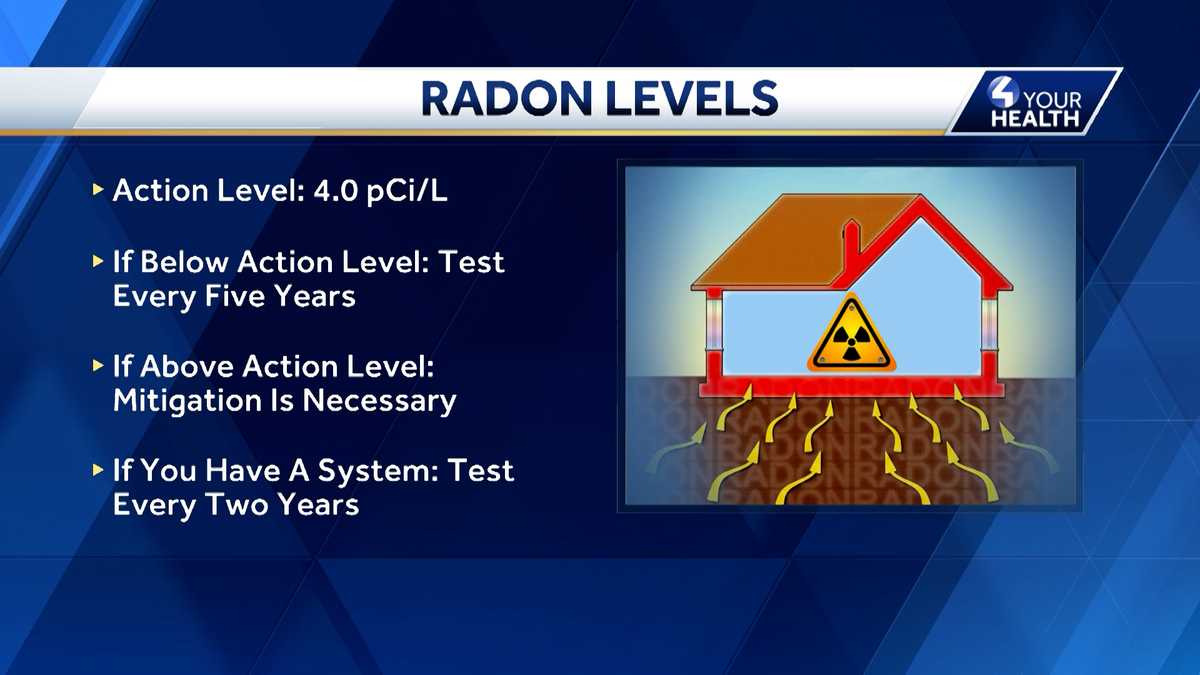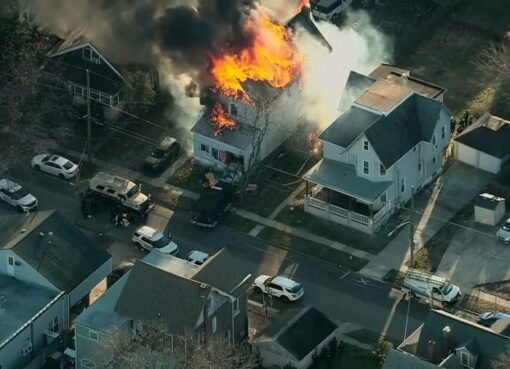Pennsylvania Ranks High Among States with Elevated Radon Levels

Radon Levels in Pennsylvania: A Cause for Concern
In Pennsylvania, environmental experts are raising awareness about radon testing, mitigation, and detection. This follows the Radon Action Month that took place in January. Among these experts are Bill Kail and his son Zan Kail, who co-own a radon mitigation and detection company, Home Radon Pros. The two were motivated to start their business after losing a family member to lung cancer resulting from high radon levels in her home.
Radon Levels in Pennsylvania
Kevin Stewart, the director of environmental health for the American Lung Association, highlights that Pennsylvania’s radon levels are among the highest in the United States. The Environmental Protection Agency (EPA) reports that one out of 15 homes has high radon levels, while the American Lung Association estimates that two out of every five homes statewide have high levels.
Understanding Radon Gas
The Environmental Protection Agency describes radon gas as an odorless, colorless radioactive gas that occurs naturally and can cause lung cancer. Radon gas seeps out of the ground into the atmosphere and infiltrates buildings such as homes, schools, and workplaces. High levels of this gas can increase the risk of lung cancer.
Radon Source and Consequences
The EPA states that radon comes from the natural decay of uranium, found in almost all soils. It’s important to note that while mines can provide a pathway for radon, they are not necessarily the cause of it. The EPA estimates that radon is responsible for approximately 21,000 deaths each year across the nation, making it one of the leading causes of lung cancer.
Radon Levels and Frequency of Testing
While everyone is exposed to radon either at home, work or school, the level of exposure depends on the radon levels and the duration of time spent in these environments. The EPA recommends testing for radon levels especially during the winter when homes are closed up and do not allow much air to flow through. If your home tests below four picocuries per liter (the action level), the Pennsylvania Department of Environmental Protection recommends re-testing every five years. However, if you already have a mitigation system installed, they recommend testing every two years to ensure the system is working properly.
How to Test for Radon
If you’re wondering how to test for radon, there are a few options available. You can purchase your own test from a hardware store or online platforms like Amazon, or you can hire a professional detection company to perform either a short-term or long-term test. High levels of radon can be found in both new and old buildings, regardless if it’s a home, school, workplace, or if it has a basement.
Removing Radon
The radon removal process involves the installation of a radon removal system, which typically takes about four hours. The system works by drawing air from underneath the slab of your home, creating a low-pressure area and pulling the radon out. This system ranges in cost from $800 to $1,400. The importance of awareness regarding radon is crucial, as the cost of testing and mitigation is minimal compared to the potentially fatal consequences of high radon levels.
—
Read More Pennsylvania News



Leave a Comment